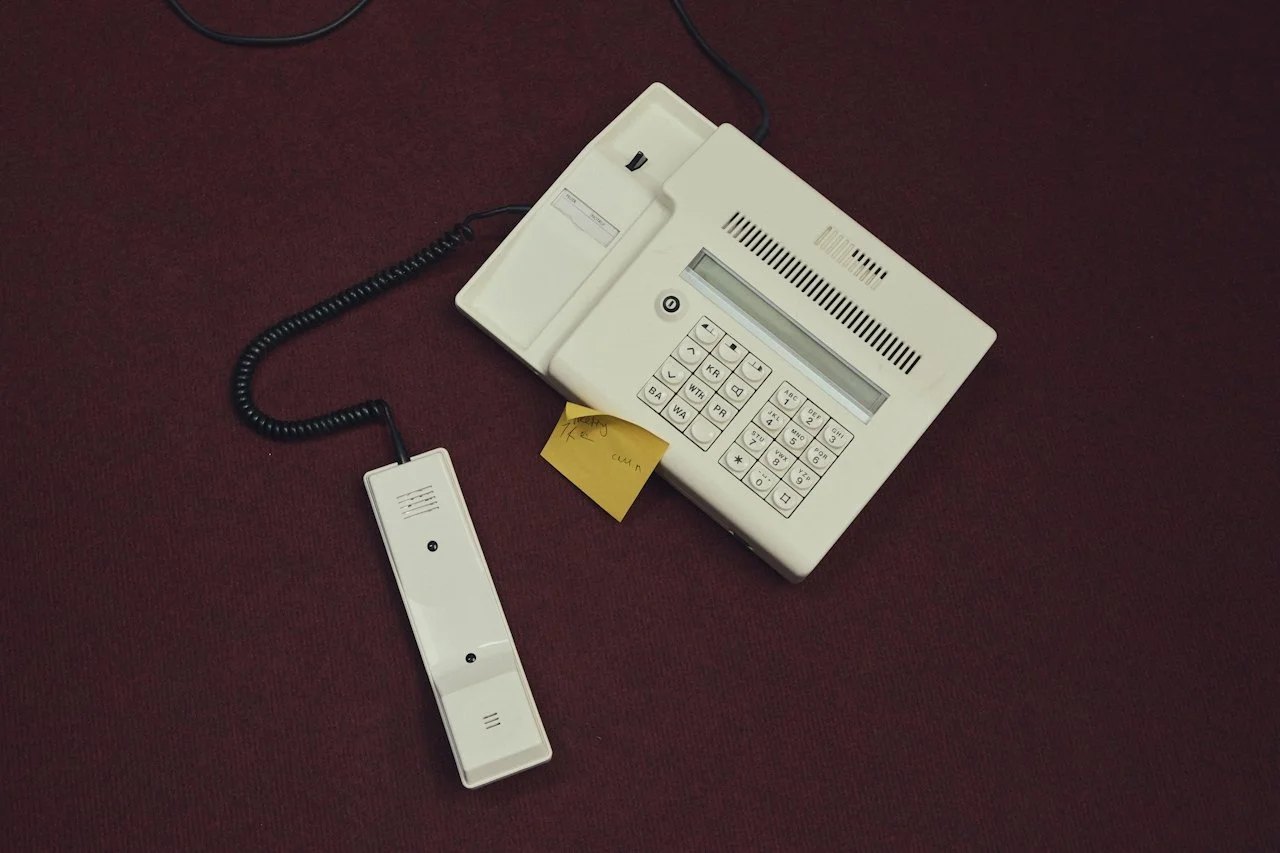How to run effective meetings at your in-person event
Planning
How to run effective meetings at your in-person event
Sara Iannacone · 5/3/2023Almost every corporate event includes meetings, but are those meetings actually effective? We’re breaking down how to plan and facilitate successful meetings at any offsite, retreat, conference, or client event to make sure your experience is as impactful as possible.
Every event is an opportunity to make a major impact on your business. But let’s face it, not every meeting you have at an event—or on any regular day—is particularly successful.
We’ve all been to the kind of meetings that drone on, don’t achieve results, or serve up all-fluff content that wasn’t thought through. These experiences leave attendees feeling frustrated and can sour their opinion of an event overall.
So, how can you ensure that when you’re investing time and money into planning an in-person event, your meetings aren’t wasted?
We’re sharing the tips we’ve learned from creating experiences for every kind of team, from innovative startups to massive enterprises. Let’s dive in.
Types of meetings at company events
When it comes to achieving great outcomes, the type of meeting you host at an offsite event is critical. Putting a meeting on the calendar without deeply considering what you’ll actually do during that time is often an organizer’s first mistake.
Here are a few ideas to get you thinking about what type of meeting at an event could work for you:
Strategy meetings
If all your C-Suite execs are going to be in the same place, it’s a perfect time to talk strategy. Strategy meetings can help organizations decide how to use resources or set everyone up for success, where to dedicate efforts for the greatest ROI, and more.
Planning meetings
Planning on a virtual whiteboard can be tricky. Getting key stakeholders from multiple teams in the same room can help you plan the design and launch of a new product. Having your entire team in one room can help you plan for the next quarter. Use your time together to create an actionable plan to help move the business forward.
Brainstorming meetings
Want to launch a new product or service? Perhaps you need a new marketing campaign? Have your team gather together and brainstorm ideas. It’s been proven that in-person brainstorming cultivates over 15% more ideas than virtual, so go for it when you’re all together.
Feedback meetings
Feedback meetings, which in many cases can be similar to focus group meetings, are an opportunity for you to hear how things are going from your team, your clients, your partners, your stakeholders, your sponsors—anyone and everyone, really. Go in with a list of questions or conversation topics to ensure feedback flows. This is an ideal option for client events in particular.
Annual meetings
A lot of organizations will host annual stakeholder meetings when they have everyone together onsite at an event. Typically hosted over a meal with a presentation, this may be the only time you have all your key stakeholders in one room all year long. Why not take advantage of it?
How meetings at events differ from regular meetings
With those meeting types in mind, here’s something we feel pretty strongly about: a meeting at an event or conference should not be identical to your average office gathering—at least not if you want that meeting to feel meaningful.
When you get people on-site together, the energy is palpable. The sense of excitement and anticipation is invigorating. The key is to keep those feelings alive as you start to meet, rather than swapping them out for boredom or frustration that the run-of-the-mill meeting you invited them to could have been organized in a boardroom at headquarters.
Here are a few ways to make sure you don’t fall back into your routine.
Make the most of being in person
Get people moving and mingling one-on-one, despite the meeting topic. While the goal of the meeting should be moving your team and business forward, you want to build interpersonal relationships that will help cultivate trust between team members, clients, suppliers, and whoever is on site.
Start with a few icebreakers for about 10 minutes to warm people up and get them excited.
Don’t get lost in day-to-day minutia
If you’re spending hundreds to thousands of dollars to gather your team in person, why have the same conversations you could have over Zoom?
It’s easy to default back to your usual topics and mundane challenges as a team. But if it’s not a conversation uniquely benefitted by being together in person, leave it for when everyone is back home. Clear goals for your conversation should be set in advance, and they should be communicated clearly to your attendees so everyone can stay on track.
Connect to the theme or goal of your event
An effective way to make your meeting more engaging is to ensure that it ties back to the theme or goal of the event.
If the theme is team building and relationships, don’t host a sales strategy meeting where you will talk about how to increase next quarter’s numbers. Instead, host a brainstorming meeting where team members can talk about how they’re going to make clients feel special this upcoming quarter—which will indirectly impact revenue by encouraging recurrence.
Staying focused on your goals makes everyone’s experience feel more worthwhile and productive.
The tenets of effective meetings
So, now that we’ve got your gears turning on what type of meeting to host at your event and how you can make them different than everyday meetings, it’s time to talk about your actual meeting content.
Whether you're planning an offsite for your team or hosting a retreat with both clients and team members, there are a few key elements that you can incorporate into your meeting strategy and execution to ensure their efficacy. Let’s run through them…
Know your purpose and goals
Over 70% of meetings are unproductive, according to corporate employees surveyed by Harvard Business Review. So, how do you make them productive? You come in with a purpose and a set of goals that you must achieve during your time together.
For example, if your meeting purpose is to create connections between employees and suppliers but also gain feedback, here are a few goals you can set:
Provide at least 15 minutes of networking time in small group breakouts with 5 questions to prompt conversation
Create group assignments before the meeting so table tents can be put at seats to ensure mingling
Research and deploy an app that will allow people to anonymously respond to questions during the presentation for open discussion
Just some food for thought. But make this your own based upon the type of meeting and the “why” behind hosting it. No meeting should be held for the sake of holding a meeting. Otherwise, it won’t be effective.
Set an agenda in advance
Take those goals and use them to create an agenda. Ensure you have a sufficient amount of time to run through activities, hold open conversations, and create action items at the end. If you don’t have a clear breakdown in advance and stick to it, things will go off the rails.
Ensure everyone is engaged
Over 90% of employees admit to multitasking during standard meetings, whether that means checking email or engaging in entirely unrelated activities—and this was even before the days of remote work being the norm. At the start of your meeting, offer some sort of incentive for the team to stay engaged, or create visual and narrative variation in the content to maintain everyone’s attention.
Make sure everyone’s voice is heard
People want to be involved. They want to feel like their opinions matter. There are a few ways you can ensure that every meeting participants’ voice is heard:
Send out a survey or idea form before the meeting for everyone to fill out. Use the data to create presentations or the agenda, with little pieces of everyone’s feedback.
Host an icebreaker before the meeting begins. This will make individuals feel more comfortable sharing their ideas and opinions if the mood is lightened up and they know who everyone in the room is.
Dub a team member the facilitator of the meeting and give them the task of ensuring that everyone who has a hand up is called on at some point during the meeting.
Make your meetings smaller. The fewer people there are, the easier it is to get a word in edgewise. You can also do small group breakouts during the meetings so people can converse in smaller groups among a sea of people.
Add polls, quizzes, or Q&A apps during your presentation so people can submit thoughts, questions, and feedback during the meeting without disrupting the presentation. The facilitator can jump in here as well to share ideas as they come in.
Be conscious of time
There’s nothing worse than getting stuck in a meeting and missing the fun stuff going on at the conference or event. If it’s happened to you, you understand the FOMO is real. Ensure that a clear timeline is part of your meeting agenda so you don’t run over time.
Leave with clear next steps
The goal of a meeting is to move business forward. It’s not typically educational or relationship-cultivating, although it may have facets of that. And in order to move business forward, you need action items!
Ensure that a meeting facilitator is taking notes, assigning action items and completion dates for follow-up. Also, put someone in charge of project management so you can ensure that follow-up is effective and streamlined.
Plan better meetings at your next event
Planning successful meetings is tough. But you don’t have to do it alone. BoomPop’s team of event and meeting strategists can help. Simply reach out and schedule a time to chat about your effective meeting strategy.


















